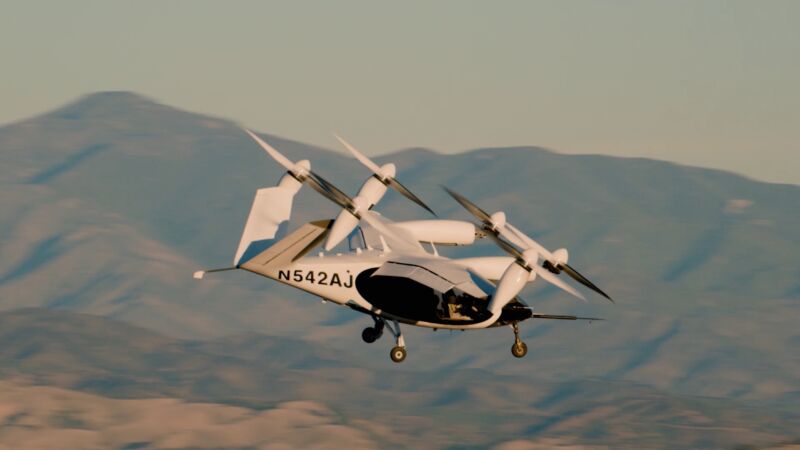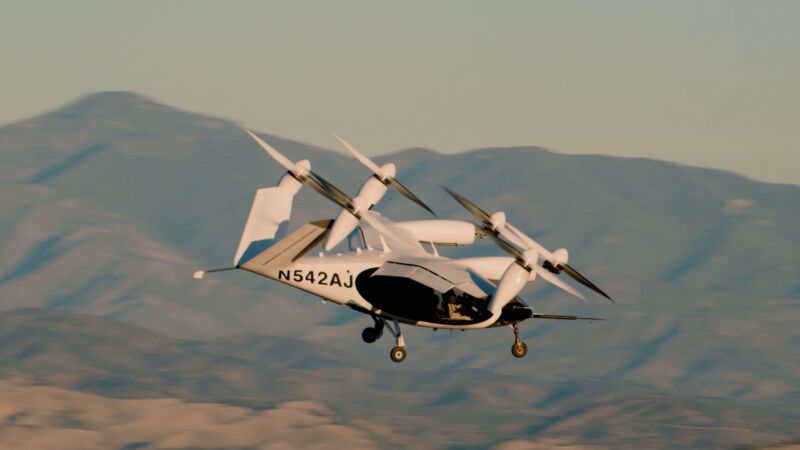
Enlarge / Joby Aviation’s electric aircraft takes off for a test flight. (credit: Joby Aviation)
Over the last two days, two companies have outlined radically different—yet oddly familiar—visions for the future of air travel.
One idea is built around a buzzing network of small, electrically powered vertical take-off and landing (eVTOL) aircraft ferrying commuters in and out of dense urban areas, a tantalizing vision prophesied since at least the 1950s. The other vision bets on a fleet of a few dozen supersonic airliners jetting well-heeled travelers from one global city to another, a dream that many thought died with the Concorde some 20 years ago.
Oddly, it’s the flying cars that seem closer to reality this time. Yesterday, Joby Aviation announced another step in its plan to bring eVTOL services to the masses. The company has signed an agreement with two real estate companies, Neighborhood Property Group and Reef Technology (the latter is a sort of WeWork for non-office commercial real estate), to allow rooftop access to Reef’s 5,000 parking garages in the US and Europe. By comparison, there are about 5,600 US heliports, which are managed by a patchwork of owners.





